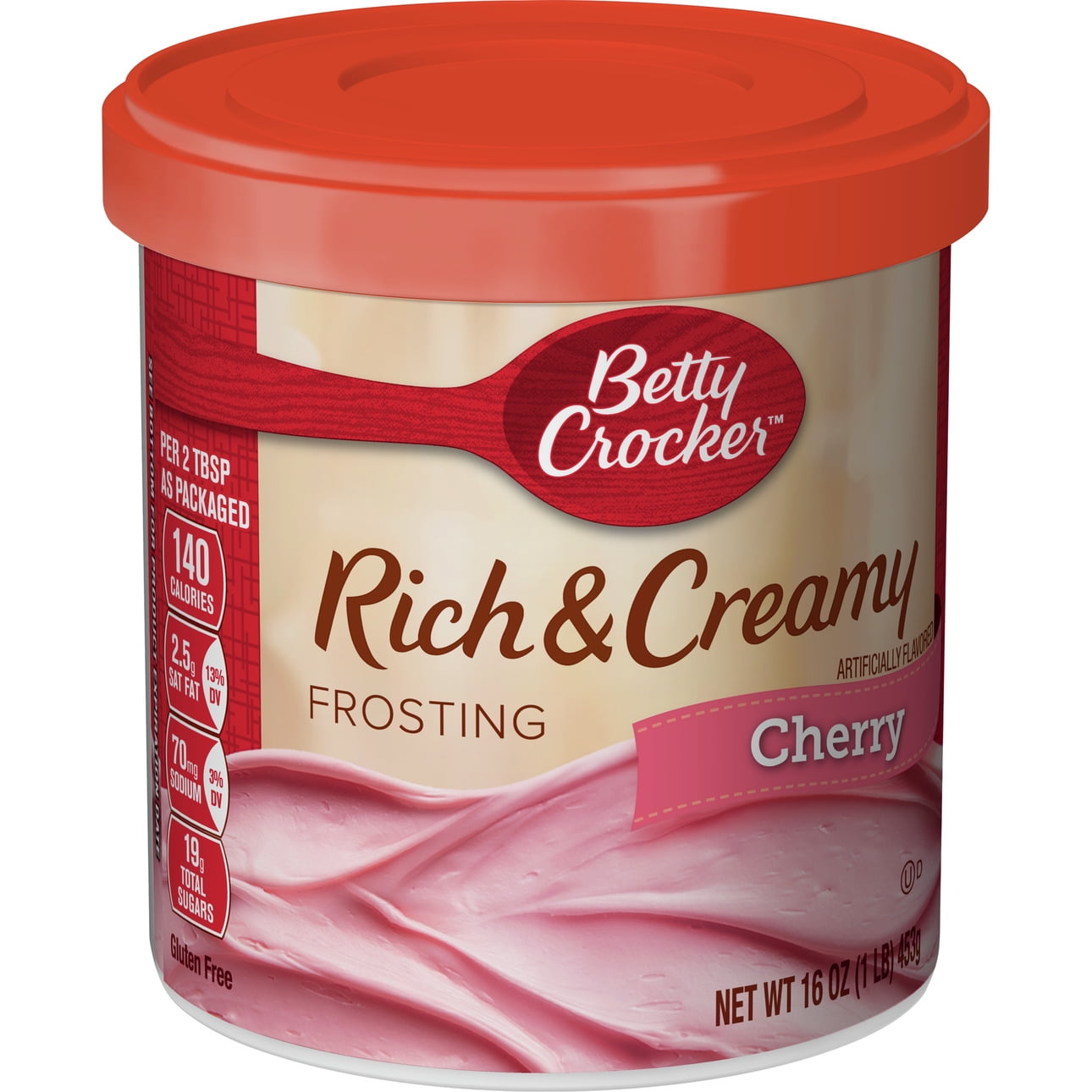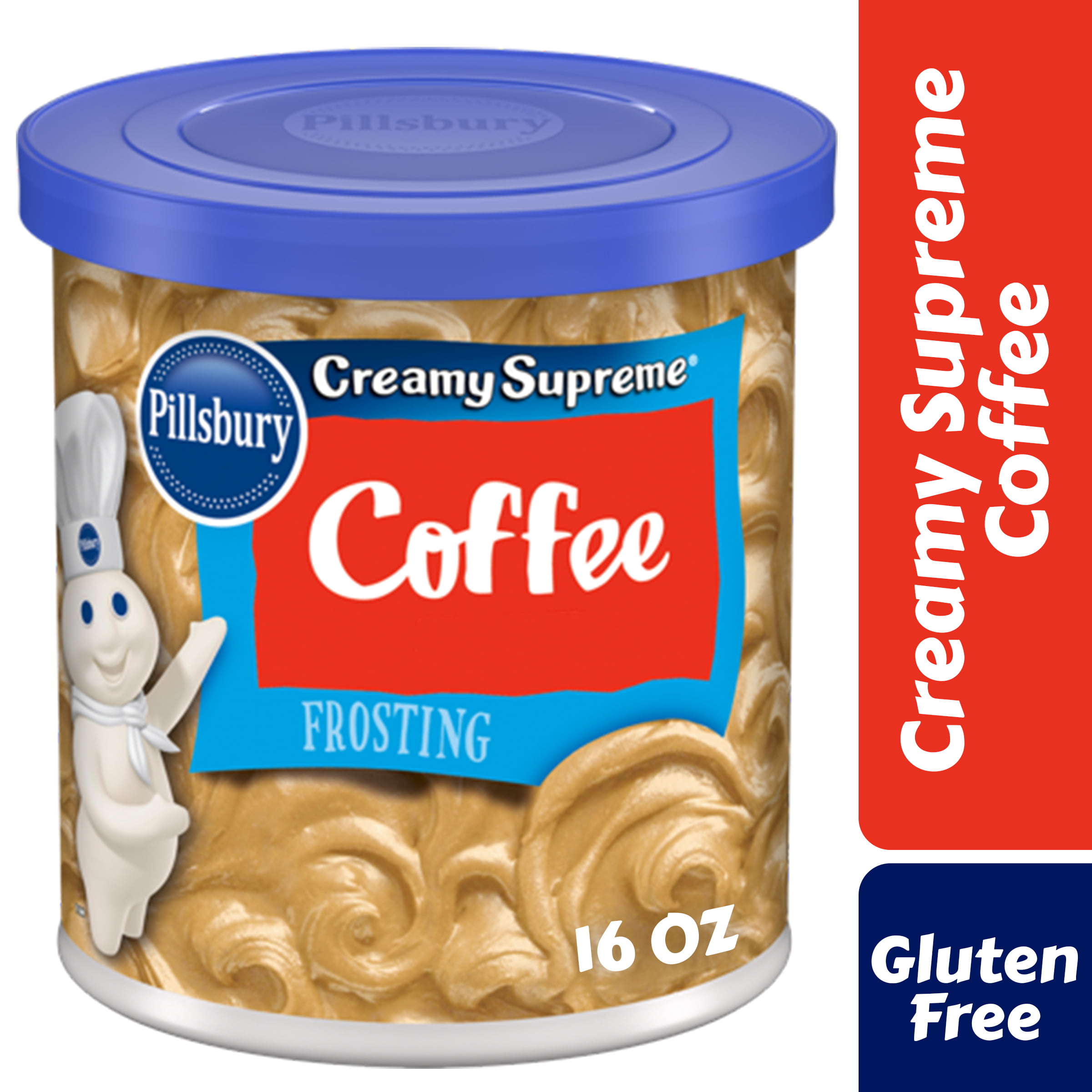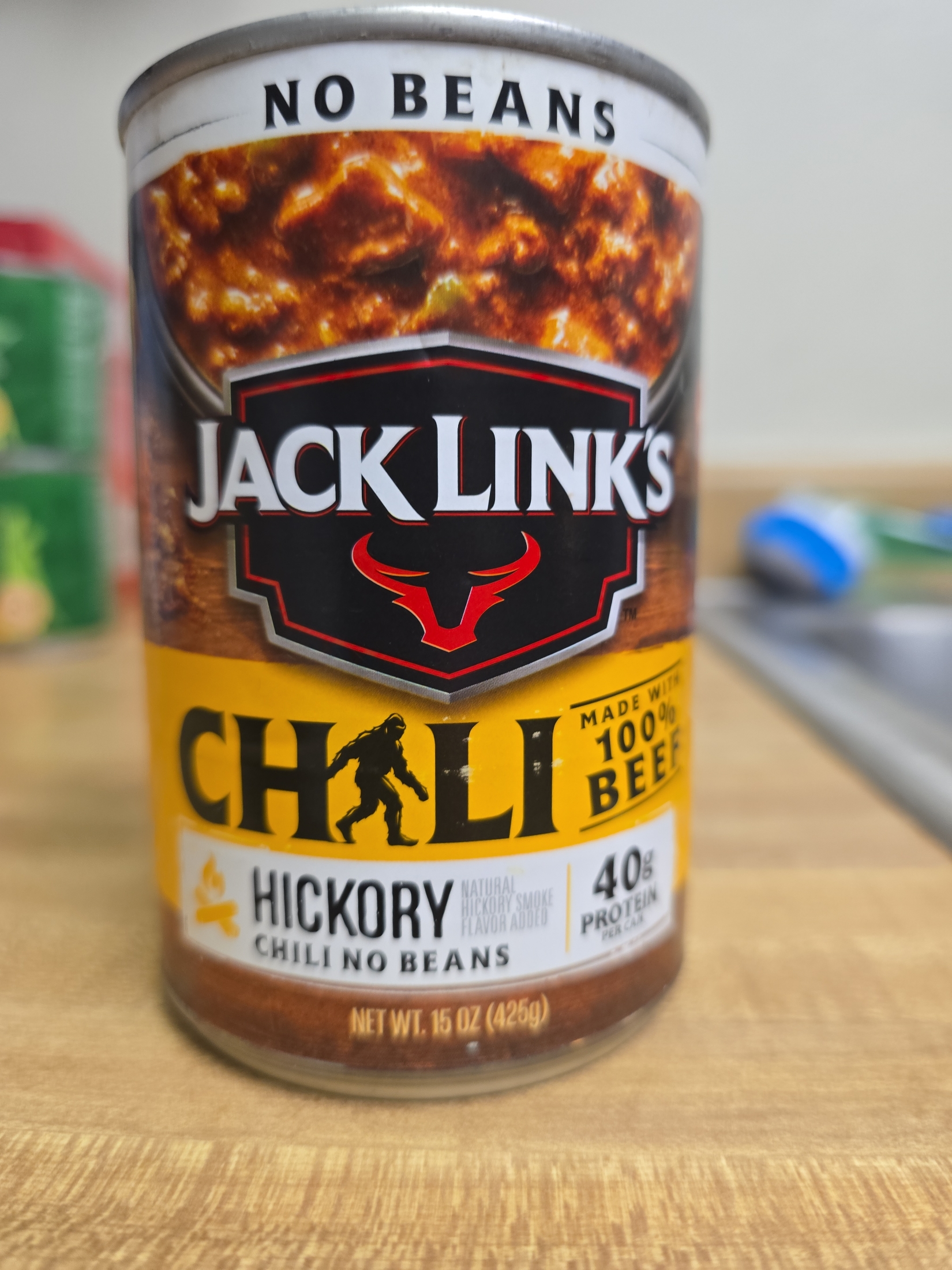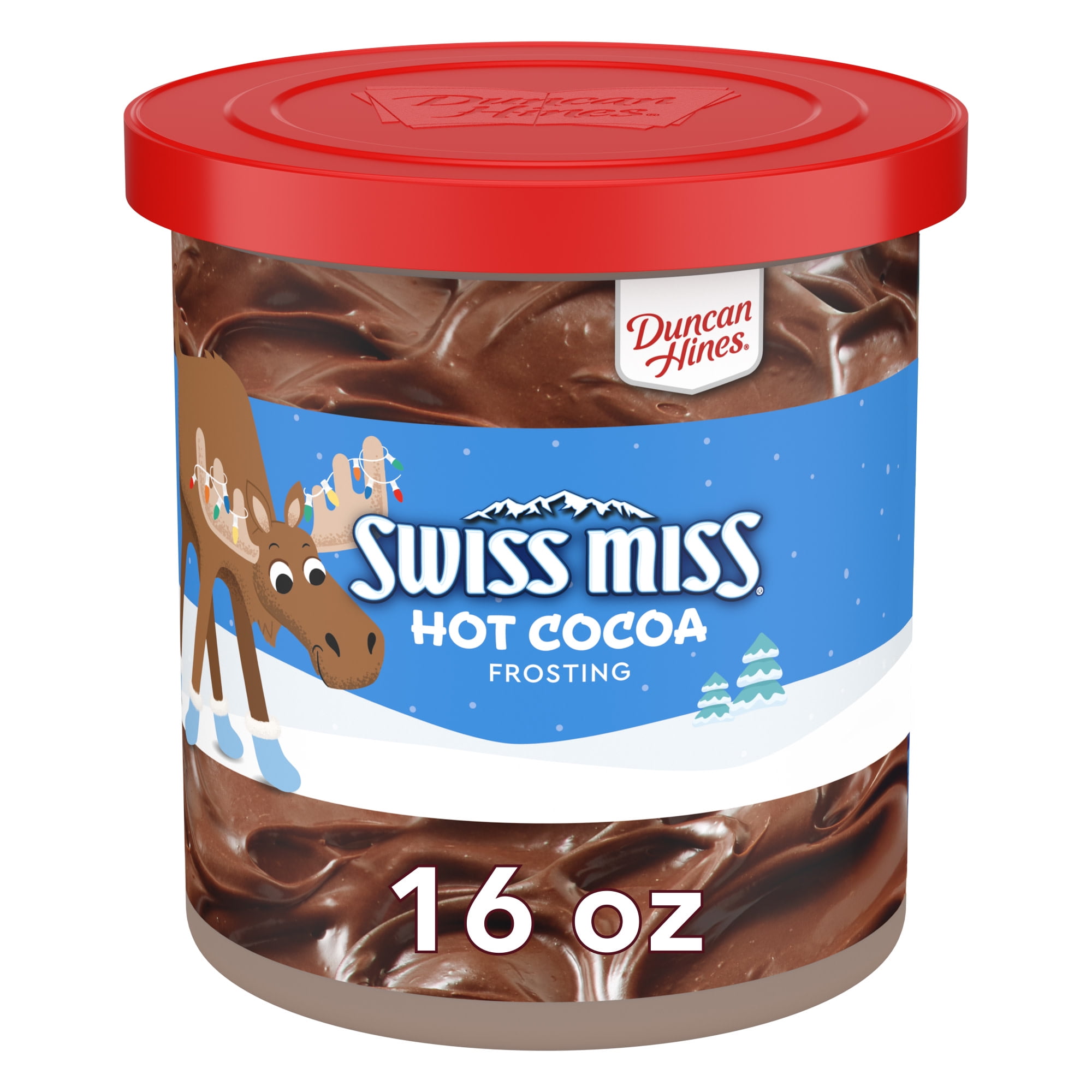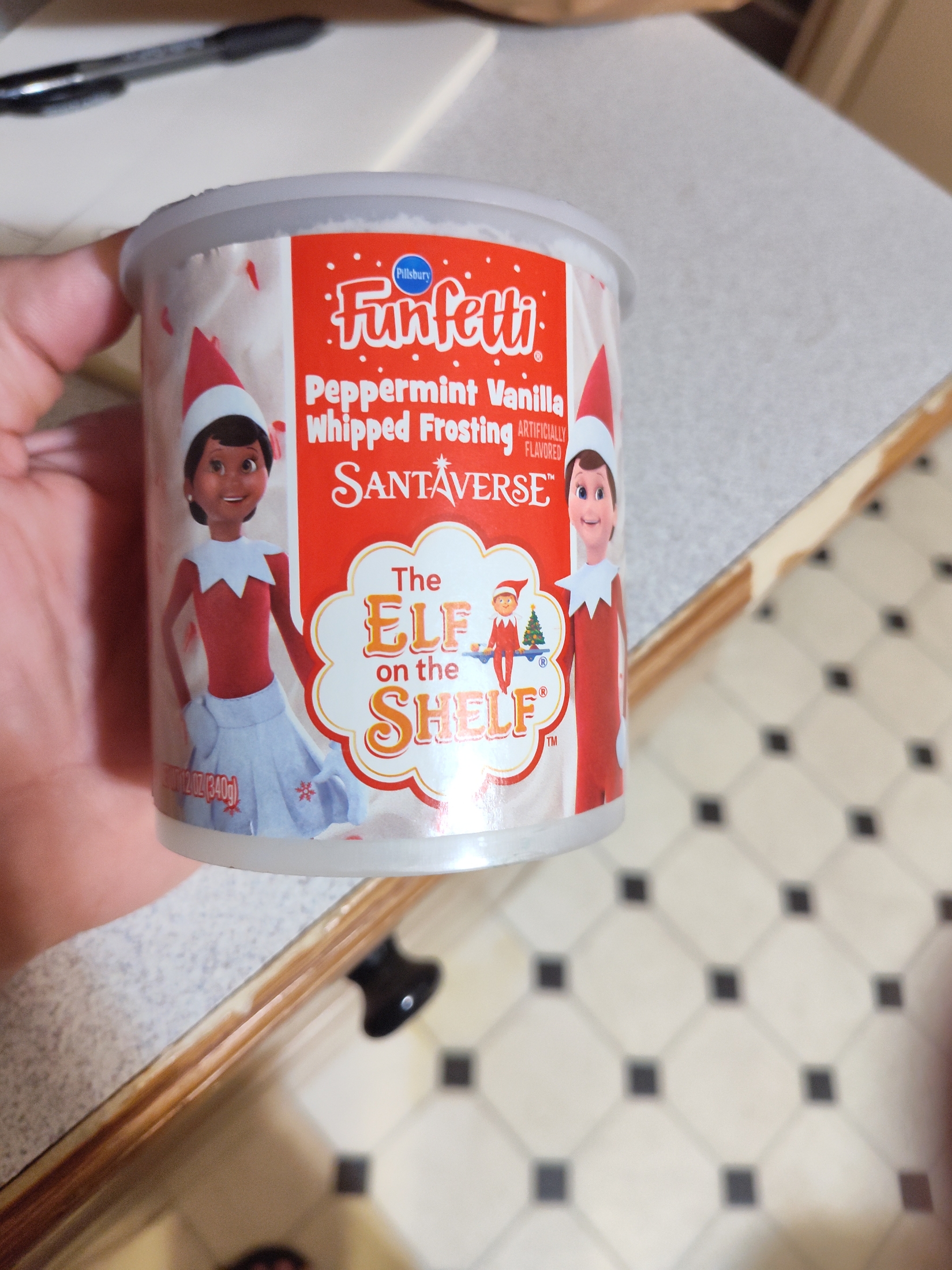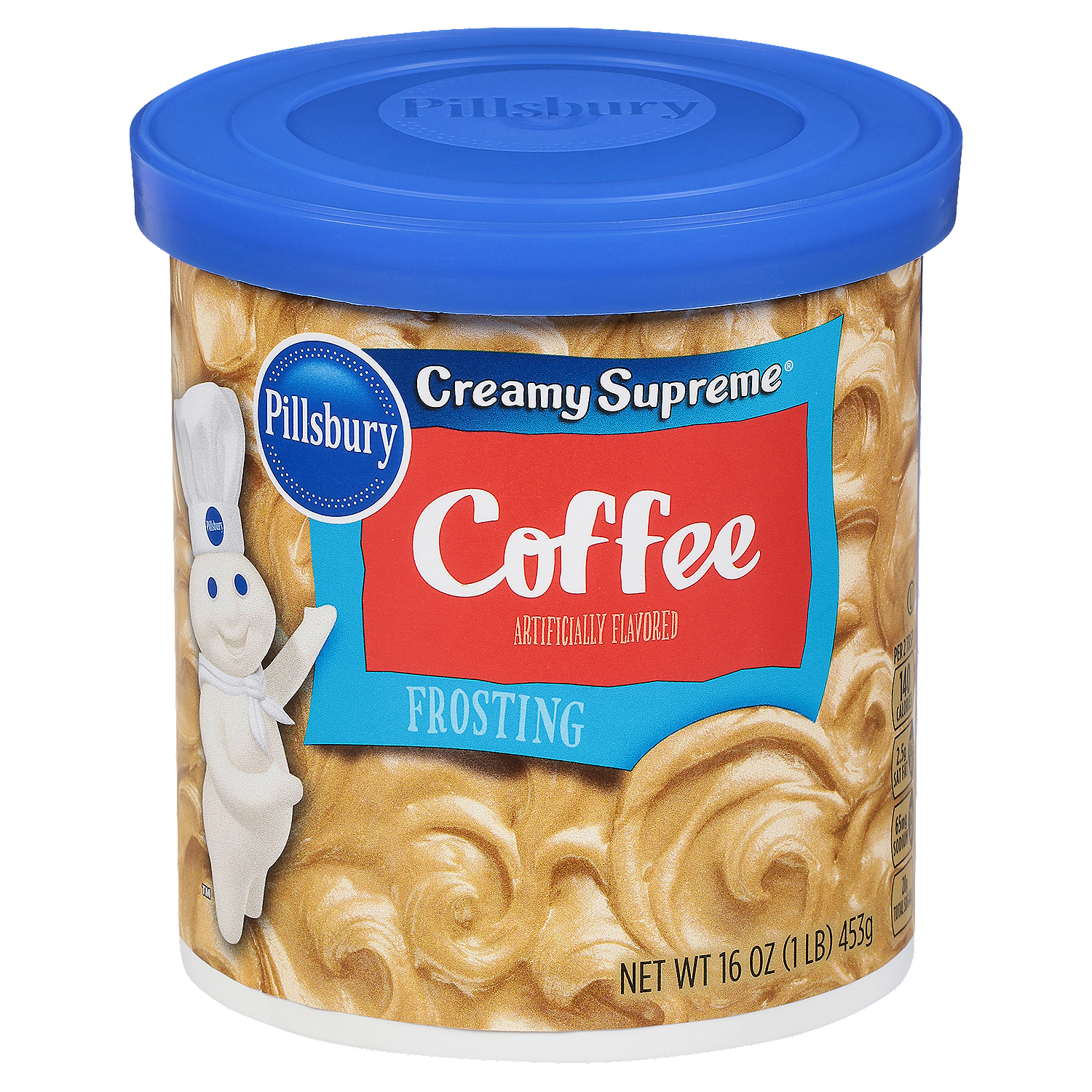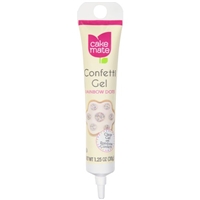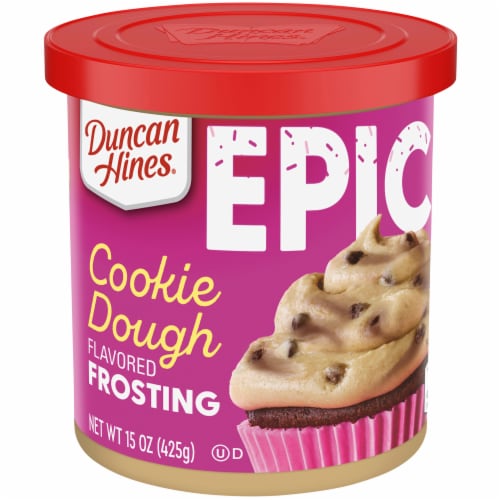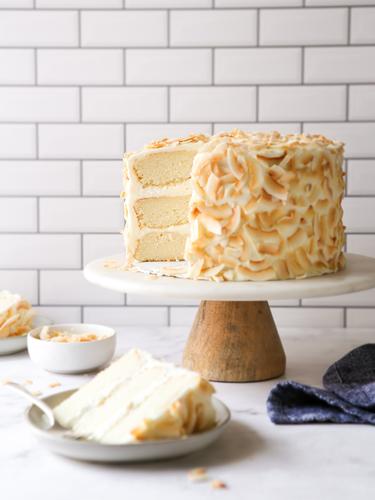Frosting
Frosting, also commonly known as icing, is a sweet, creamy topping used to enhance the flavor and appearance of various baked goods such as cakes, cupcakes, cookies, and pastries. Made primarily from sugar, fat, and flavorings, frosting also acts as a glue to bind cake layers together or adhere decorations to a cake surface.
There are several types of frosting, including buttercream, cream cheese, royal, and ganache, each offering unique textures and flavors. The appropriate choice and application of frosting can significantly elevate and transform the presentation and taste of homemade baked goods.
81%
CARBS
19%
FAT
0%
PROTEIN
623 Frosting Products
Betty Crocker Rich & Creamy Cherry Frosting
Pillsbury Creamy Supreme Coffee Flavored Frosting
Jack Link's Hickory Chili No Beans
Duncan Hines Swiss Miss Hot Cocoa Flavored Frosting
Peppermint Vanilla Whipped Frosting
Pillsbury Creamy Supreme Coffee Frosting
Cake Mate Rainbow Dots Confetti Gel Frosting, 0.25 Oz
Duncan Hines Epic Chocolate Chip Cookie Dough Frosting
Cake Mate Cake Decor - Cupcake Gems - Perfect Pearls
Fun Froster Reusable Pastry Bag
1 Recipe for Frosting
Used In 13 Recipes
Frosting Is Frequently Used With
Frosting FAQ
Even though frosting may seem simple, it often stumps bakers, particularly when it comes to achieving the correct consistency and flavor, applying it neatly and evenly, or creating decorative effects. Frosting too soon when the cake is hot leads to a frosting disaster as it melts and slides off. Another error is making the frosting consistency either too thin which ends up being runny or too thick making it difficult to spread.
One of the primary ways to maximize the use of frosting is by enforcing patience - ensuring the cake cools completely before applying the frosting. You can also flavor your frosting with a variety of elements like essences, fruit purees or coffee to give it more depth.
Little known tips include swapping out some of the sugar in frosting recipes with a small amount of corn syrup to give it a silky sheen. Also, you can pipe your frosting onto your cupcakes using a ziplock bag with a corner cut off if you don't have a piping bag handy.
One more thing, don't forget that cream cheese frosting is less stable at room temperature compared to others, more so if the weather is hot.
Why is my frosting grainy?
Why is my frosting runny?
Why does my buttercream frosting taste like butter?
Can I color my frosting?
Why is my frosting not fluffy?
How can I make my frosting thicker?
What can I do if my frosting is too sweet?
How can I make my frosting smoother?
Can I use frosting as a filling?
What is the best type of frosting for a wedding cake?
Expiration & Storage Tips
When does frosting expire?
Unopened store-bought frosting typically has a shelf life of about 3-4 months after the printed date on the package. Once you've opened it, it can safely remain in your refrigerator for another 2-3 weeks. Homemade frosting can generally last in the fridge for up to 2 weeks. Frosting can also be stored in the freezer for up to three months.
How do you tell if frosting is bad?
If your frosting has started to develop an odd smell, change color, or grow mold, then it’s time to toss it out. Also, if the texture of the frosting has drastically changed—for example, if it has become watery or grainy—it may be spoiled. Always trust your senses: if it smells off, looks odd, or tastes strange, it's best to avoid using it.
Tips for storing frosting to extend shelf life
• Always store frosting in the refrigerator, even when the container has not been opened. Not only does this significantly increase the shelf life, it also maintains the frosting’s texture and taste.
• If you need to store your frosting for longer periods, consider freezing it. Just make sure to defrost it in the refrigerator, not at room temperature, to avoid condensation.
• Using a clean, dry spoon each time you scoop out some frosting can prevent introducing bacteria into the container which can reduce its shelf life.
• Keep your frosting well-sealed. Air exposure can make it dry out and lose its freshness quickly.
EXPIRES WITHIN
12 - 22
MONTHS
Equivalents
Substitutes
Health Info
Macros
25g
CARBS
6g
FAT
0g
PROTEIN
Allowed on these diets
LOW FAT
HIGH CALCIUM
VEGETARIAN
GLUTEN FREE
Contains these allergens
MILK

